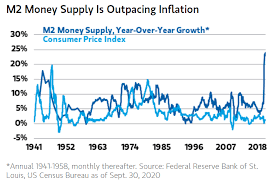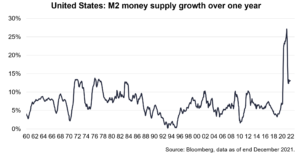| Home |
| Green Building Bible, Fourth Edition |

|
These two books are the perfect starting place to help you get to grips with one of the most vitally important aspects of our society - our homes and living environment. PLEASE NOTE: A download link for Volume 1 will be sent to you by email and Volume 2 will be sent to you by post as a book. |
Vanilla 1.0.3 is a product of Lussumo. More Information: Documentation, Community Support.

Posted By: WillInAberdeenSo is that the end of the energy price crisis, or just a lull?Not so much of a lull, more a gust, methinks. The graph you show gives day ahead prices. Spot prices have a similar structure but don't show the exceptionally low price at the end. And if you look at a five year graph instead of a one year graph, you can see that the whole of the latest year is way above historical rates, so things are definitely not normal. Prices recently have been influenced by the extremely windy weather we've been experiencing, and will no doubt go back up somewhat when the wind eases.
Posted By: WillInAberdeenThat graph seems to be missing the most recent period?The latest reading on the graph I showed is 14 Nov, whilst that on the one you put up is 7 Nov so I think you're misunderstanding.
ab6a.png?AttachmentID=8388)


Posted By: WillInAberdeenSo it seems from the Autumn Statement that renewable and nuclear generators are still allowed to charge over-inflated electricity pricesOf course generators do not *charge* anything - all energy is sold at pan European Auction. Yes they are getting high prices (except those on CFD contracts AIUI) - supply and demand economics. There is an argument they are benefiting from the investment risk they took (do you want them to *not* invest in wind power?).
Posted By: WillInAberdeenIronically, the Treasury will then pay out that money (and more) to subsidise the electricity prices for consumers, so further pumping up the windfall profits, in a circular payment scheme.Simply no. Power supply companies have no control over the incoming price so have to pass that on otherwise.
Posted By: WillInAberdeenOn that, the continuing fall in wholesale electricity price in November seems to be driven by the ongoing fall in wholesale gas prices,Yes, classic supply and demand economics. There is lots of LNG near Europe, with nowhere to store it if it was offloaded as the mild autumn has reduce consumption so storage is full.